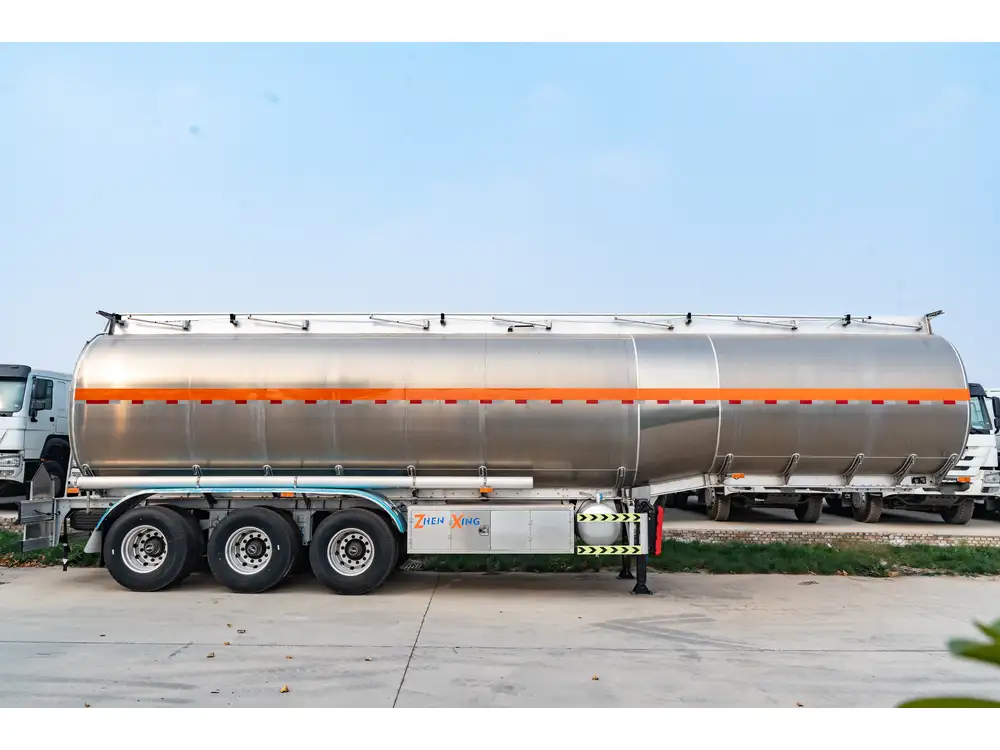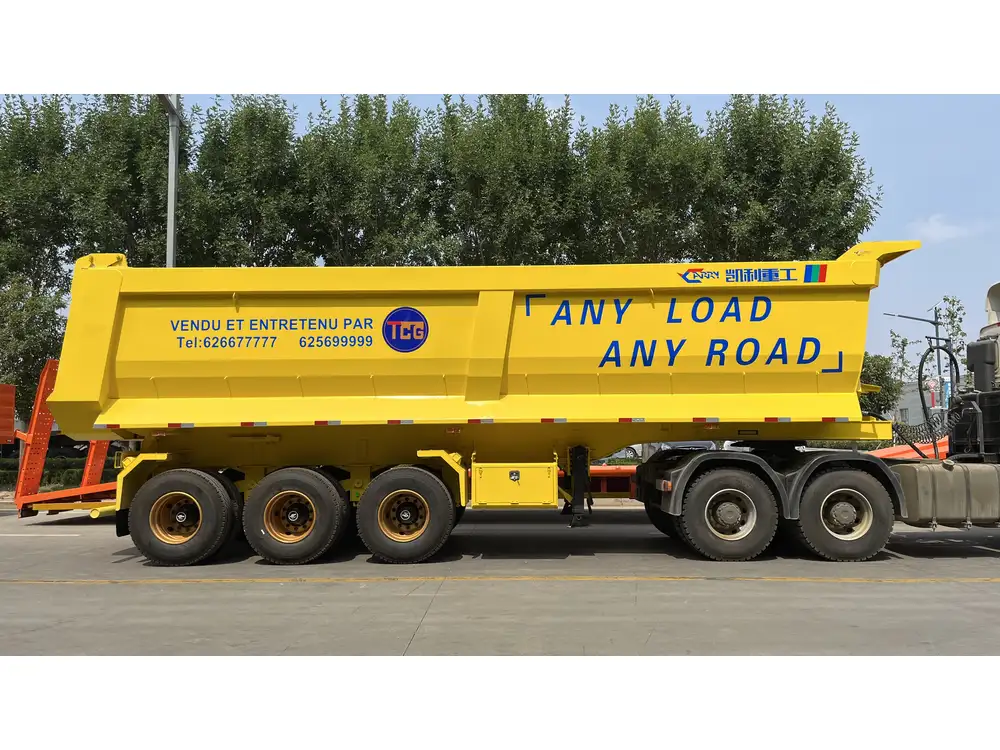Understanding how many pallets can be loaded onto a semi-trailer involves several factors including trailer type, pallet dimensions, weight limits, and loading configurations. In this comprehensive guide, we will explore these aspects to provide valuable insights for logistics managers, freight transporters, and manufacturers alike.
Trailer Types and Their Capacities
Semi-trailers come in various configurations, each designed for specific types of cargo. The most common types include:
Standard Dry Van Trailers
- Dimensions: Typically 53 feet long, 102 inches wide, and 110 inches high.
- Pallet Capacity: Can carry around 26 standard pallets (48” x 40”) when loaded properly.
Reefer Trailers
- Use: Designed for temperature-sensitive goods.
- Pallet Capacity: Similar dimensions as dry vans, usually holds between 24 to 26 pallets depending on refrigeration equipment.
Flatbed Trailers
- Use: Ideal for transporting large, bulky items.
- Pallet Capacity: Can fit up to 32 pallets depending on the load configuration and the arrangement of the cargo.
Step Deck Trailers
- Use: Created to facilitate taller loads that need to be lower to the ground.
- Pallet Capacity: Generally allows for about 24 standard pallets.
Lowboy Trailers
- Use: Mostly used for transporting heavy equipment.
- Pallet Capacity: Not typically used for standard pallets but can handle fewer pallets due to their lower deck height.
Table: Semi-Trailer Types and Pallet Capacities
| Trailer Type | Length | Width | Standard Pallet Capacity |
|---|---|---|---|
| Standard Dry Van | 53 ft | 102 in | 26 |
| Reefer Trailers | 53 ft | 102 in | 24-26 |
| Flatbed Trailers | 48-53 ft | 102 in | Up to 32 |
| Step Deck Trailers | 48-53 ft | 102 in | About 24 |
| Lowboy Trailers | 48-53 ft | 102 in | Varies |

Understanding Pallet Dimensions and Weight
Common Pallet Sizes
To effectively load pallets onto a semi-trailer, it’s essential to consider the common pallet sizes used in the shipping industry:
- Standard Pallet: 48” x 40” (most commonly used in North America)
- European Pallet: 1200mm x 800mm (or approximately 47” x 31”)
Pallet Weight Considerations
Moreover, the weight of pallets can vary, affecting the overall load:
- Standard Wooden Pallet: Approximately 40 pounds.
- Plastic Pallet: Ranges from 35 to 50 pounds depending on the type and design.
- Heavy-Duty Pallet: Could weigh around 70 pounds or more depending on the application.
This variance requires careful consideration when loading to ensure that the weight limit of the semi-trailer is not exceeded, which is around 80,000 pounds for most heavy-duty trucks in the US.

Loading Configurations: Optimizing Pallet Loading
Efficient loading configurations not only maximize capacity but also enhance safety and stability during transport. The two primary loading configurations for pallets are:
Single Stack Loading:
- Aligns pallets directly beside one another.
- Optimal for standard loads where the trailer height allows for this arrangement.
Double Stack Loading:
- Stacking pallets on top of each other when the cargo permits.
- This method increases capacity but requires specialized equipment and safety considerations.
Visual Representation
+------------------------------+
| 2nd Layer |
| [Pallet 1] [Pallet 2] [Pallet 3] |
+------------------------------+
| 1st Layer |
| [Pallet 1] [Pallet 2] [Pallet 3] |
+------------------------------+Load Distribution and Weight Management
Proper load distribution is critical in ensuring vehicle safety and performance. Overloading one area may lead to balance issues, affecting steering and braking.

Guidelines for Load Management
- Even Distribution: Aim to distribute the weight evenly across the trailer axles to prevent undue strain or damage.
- Consider Weight Beyond Palliation: Remember that weight isn’t solely from pallets. The total weight includes the trailer, the truck, and any additional cargo.
- Use Load Bars: These can assist in stabilizing the pallets and maintaining load integrity.
Regulatory Factors Affecting Pallet Loading
Understanding the regulations regarding weight limits, height restrictions, and load safety is paramount for safe and legal transportation.
Federal Regulations
- Weight Limits: A typical 18-wheeler should not exceed 80,000 pounds including cargo.
- Height Restrictions: Most states enforce a maximum height of 13.5 feet.

State-Specific Rules
Different states may have unique regulations pertaining to the transportation of pallets and semi-trailers. Thus, it’s advisable to consult state guidelines regularly to remain compliant and safe.
FAQs: Clarifying Common Questions
How Many Pallets Can Fit in a 48-Foot Trailer?
A 48-foot trailer can typically accommodate 24 to 26 standard pallets, depending on the layout and weight considerations.

What Is the Weight Capacity for Pallets on a Semi-Trailer?
Most semi-trailers can carry a maximum weight of 80,000 pounds, including all trailers and their contents, which necessitates careful weight management of individual pallets.
Can Different Sized Pallets Be Loaded Together?
It is possible to mix different pallet sizes, but thorough planning is essential to ensure optimal use of space and compliance with weight limits.
Conclusion: Maximizing Your Semi-Trailer Load Efficiency
The ability to effectively determine how many pallets a semi-trailer can hold is not just a matter of counting; it involves intricate planning based on the trailer type, pallet dimensions, and regulatory factors. By employing optimal loading methods, ensuring careful weight management, and adhering to compliance, logistics managers and freight carriers can maximize their load efficiency, enabling smoother operations and enhanced profitability.
Consider investing in advanced loading technologies, training for staff on best practices, and regular consultations with logistics experts to further improve your operations in the semi-trailer freight industry. Making informed decisions supported by clear, factual insights will ultimately enhance your transport logistics and contribute to a sustainable future in freight transport.



